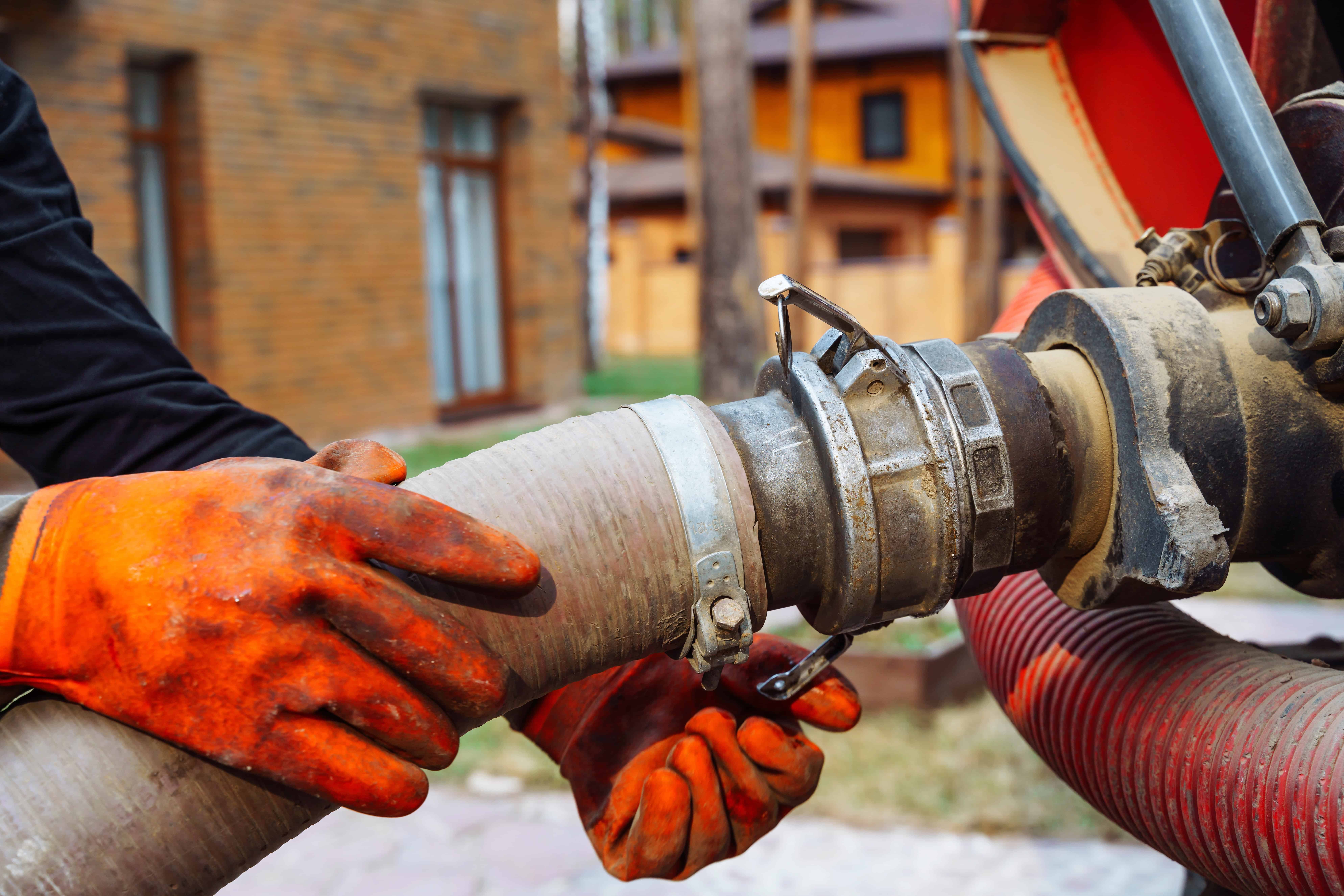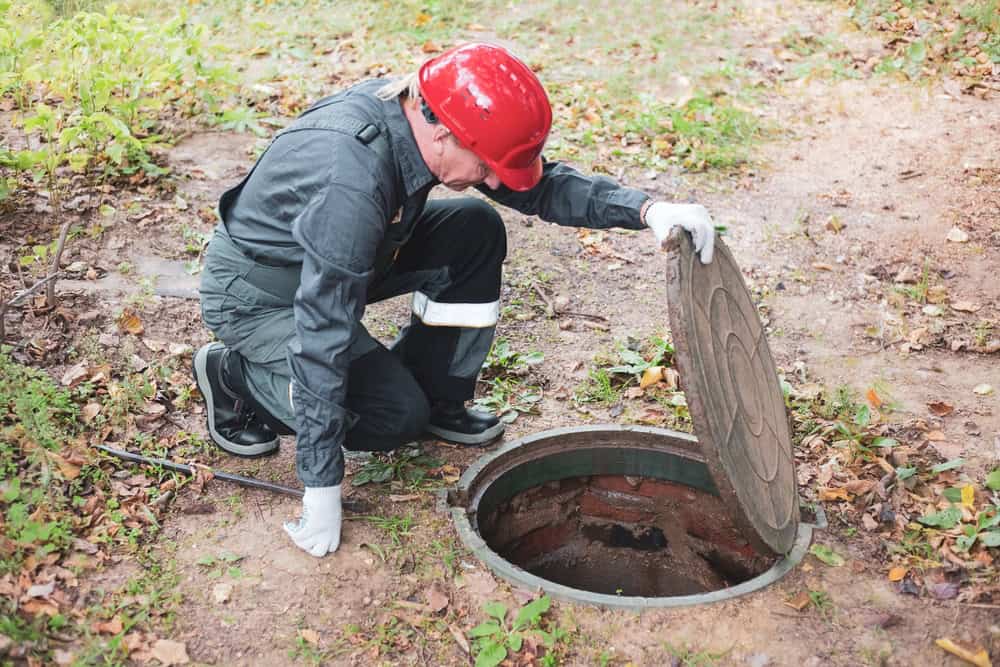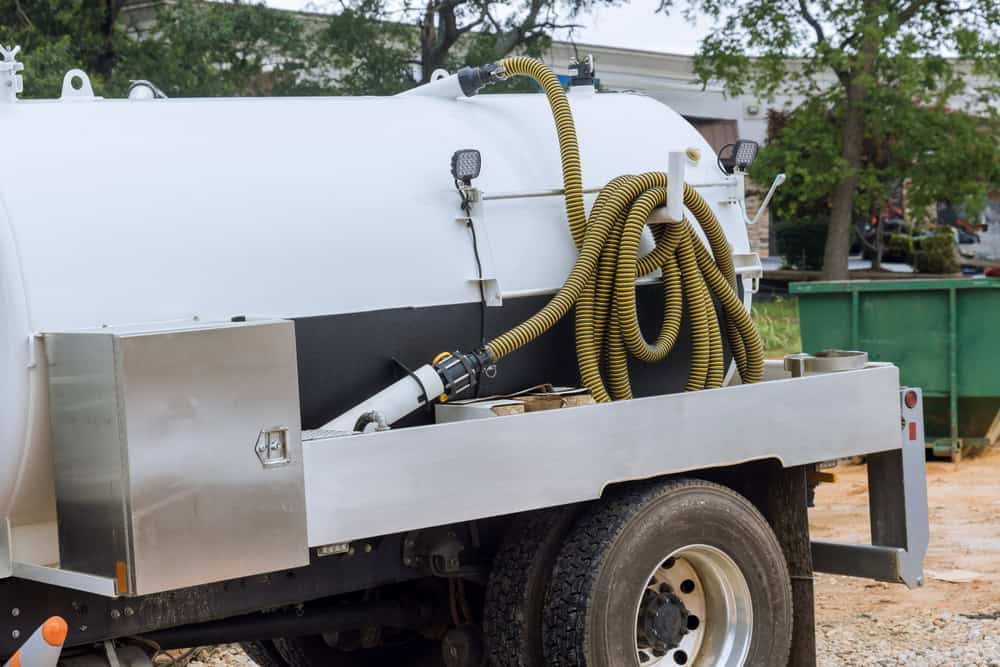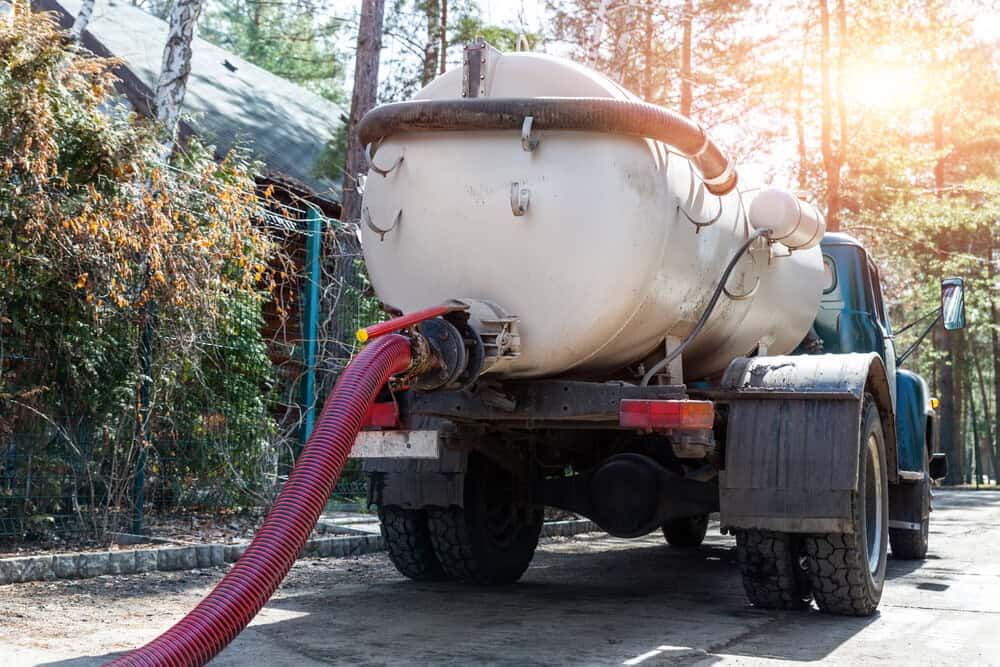Professional septic tank cleaning that keeps your system running smoothly and your property protected year-round.

Hear from Our Customers

Your septic system works hard every day, but without regular cleaning, it’s heading toward expensive problems. When your tank gets pumped on schedule, you avoid the nightmare scenarios that cost thousands and disrupt your life.
No more slow drains that make morning routines frustrating. No more mysterious odors that embarrass you when guests visit. No more worrying about whether your system will hold up during busy holiday weekends or summer gatherings.
Regular septic tank cleaning extends your system’s life by years, sometimes decades. You’re not just maintaining equipment—you’re protecting your property value, your family’s health, and your peace of mind. Most importantly, you’re staying ahead of Suffolk County regulations that require proper septic maintenance.
We’ve been handling septic tank cleaning and maintenance for East Hampton homeowners who understand that proper care prevents problems. We know the unique challenges that come with septic systems in sandy soil and high water table conditions.
Our team understands Suffolk County regulations inside and out. We’re licensed, insured, and equipped to handle everything from routine pumping to emergency cleanouts. When we finish a job, you get documentation that proves your system was serviced properly—important for inspections, property sales, or simply your own records.
We’ve seen what happens when septic systems get neglected, and we’ve helped hundreds of homeowners avoid those costly mistakes.

First, we locate and access your septic tank, then inspect the current condition and sludge levels. This tells us exactly what needs to be done and helps identify any potential issues before they become problems.
Next, we pump out all the accumulated sludge and scum layers using professional vacuum equipment. We don’t just empty the tank—we clean it thoroughly, removing the buildup that causes backups and system failures. Everything gets transported to licensed disposal facilities, never dumped illegally.
After cleaning, we inspect the tank structure, baffles, and inlet/outlet pipes for damage or wear. You get a clear explanation of what we found and recommendations for any maintenance that might be needed. We also provide documentation of the service for your records.

Ready to get started?
Every septic tank cleaning includes complete pumping of sludge and scum layers, thorough tank inspection, and proper waste disposal at licensed facilities. We check your system’s key components and alert you to any issues that need attention.
You also get honest advice about your pumping schedule based on your household size and usage patterns. Most East Hampton homes need pumping every 2-3 years, but your specific situation might be different. We base our recommendations on what we actually see, not what makes us the most money.
We handle the paperwork too. You receive service documentation that satisfies local requirements and provides proof of proper maintenance. This matters for property sales, refinancing, or simply knowing your system is properly cared for.
